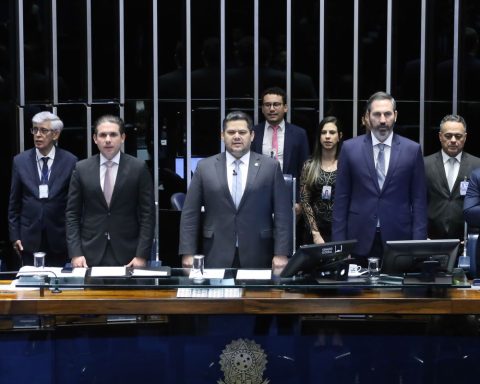If we consider that in the Federal Labor Law (LFT) there are at least 8 fixed mandatory rest days and 6 vacation days in the first year of work, this means that a worker in Mexico has around 14 days free and paid upon completion of one year of service. However, even accumulating these days, Mexico remains one of the economies of the Organization for Economic Cooperation and Development (OECD) with the shortest rest periods for the workforce.
Contemplating that in our country people can have up to 14 days off a year when adding mandatory breaks and vacations is an argument that has been put on the discussion table in the framework of vacation reform to duplicate the minimum floor in labor legislation, especially from the positions that oppose said legal modification.
Even by raising the minimum vacation period to 12 days, as proposed by the opinion approved in commissions of the Senate of the Republic, and adding the 8 mandatory holidays, Mexico would barely reach 20 days of rest per year and would only surpass Canada (19 days) and would equal Chile among the OECD countries.
In other words, our country would only go from penultimate to penultimate position among the OECD economies with fewer days off for the working population of the formal sector. The last country is the United States, where paid vacations are not contemplated in federal legislation, only 10 days of mandatory rest, according to an analysis by the Mexican Institute for Competitiveness (Imco).
“Despite the increase sought by the reform proposal, Mexico will continue to be far from the average 30 days of vacation offered by OECD countries, but it would be a good step forward in improving working conditions”, indicates the Imco.
However, although the sum of holidays and vacations can be perceived as a broader break for the workforce in the country, the other side of the coin is that not all working people have the day off in a mandatory rest date.
This is due to two factors, the first is that there are activities that do not stop, especially those related to services, and secondly, the LFT provides that people can work on holidays, but receiving a triple payment.
In addition to this, as Ana Gutiérrez, Imco’s Foreign Trade and Labor Market coordinator, points out, the difference between holidays and vacations “is the component of personal choice. You do not choose when a holiday falls, it will always be September 16 or December 25. But the vacations are a personal decision about when people want to take a break. It allows you to rest when you need it and not only when you can”.
In this sense, considers the specialist, having eight holidays per year is not a solid argument for not increasing vacation days. “We have many holidays, but there are other countries where there are many more national holidays and even adding the legal vacation days that there are in Mexico plus the holidays, we are lower than that same sum for other OECD countries.”
The relationship between rest and productivity
The vacation reform rethinks a key paradigm of the world of work: rest is as necessary as working hours; in fact, it is an important component of the productivity. According to the Imco analysis, “the sectors in which fewer hours are worked, on average, are also the ones that produce the highest GDP per hour.”
“Holidays have a direct influence on the mental health of employees. It has been shown that there is a direct relationship between rest days and productivity. This arrangement helps to reduce the burnout”, explains Yúnue Cárdenas, coordinator of the Affor Health Psychology HUB in Mexico.
For the specialist vacation reform It would represent a great achievement in terms of mental health and optimal rest, this is because in Mexico, in addition to a short vacation period, this is usually used to attend pending, that is, the workers do not really take them as rest days.
“That means that they spend their vacations doing other things, and when they return to work they are just as tired and stressed, or even more so, but if you have a major holiday periodrest, without a doubt, has an impact in terms of prevention and attention to psychosocial risks”, he adds.
Miguel Agustín Garza, occupational health consultant, points out that the link between rest and productivity is due to role played by pauses for work and stress management. “If you don’t give the body adequate time to adapt, chronic stress is generated, which in turn turns into diseases or illnesses. The body needs rest to repair itself”, emphasizes the specialist.
In this vein, Yoali Arana, a specialist in sleep issues at Tila App, points out that very short rest times for workers also affect business objectives. “There is an impact on mental health, we have a higher risk of developing diseases such as stress, anxiety, depression and that not only translates into a poor quality of life for workers, but it is data that can be monetized in companies,” he explains. .
The double challenge of promoting rest
According to an Expedia study, Mexicans find it difficult to take vacations. Among the bad habits that the workforce has during their days off, the following stand out:
- Take the computer in case there is an earring
- Follow in video calls
- Put mobile numbers in automatic replies in email
- Dedicate time to an alternative business
From the perspective of Miguel Agustín Garza, it is important that within companies rest is promoted for the increase in vacations to be effective in practice.
“If we don’t reinforce the message of why more vacation days are being added, why it is important to strengthen family ties, rest and recover, it will only be a little placebo to mitigate many of the issues that affect labor,” he explains.















